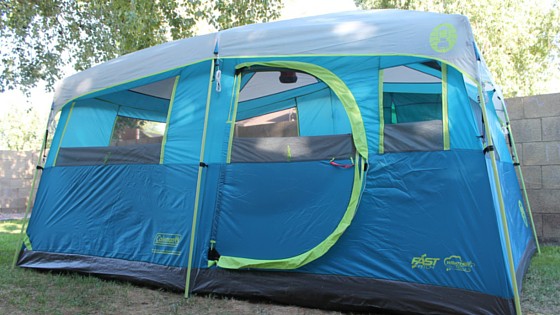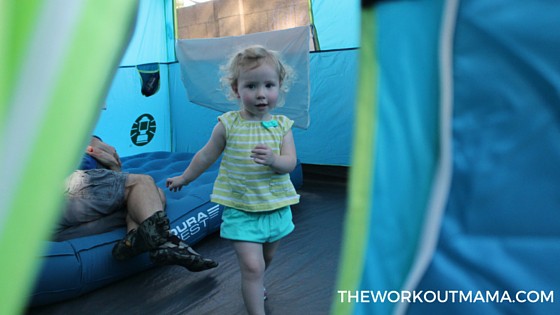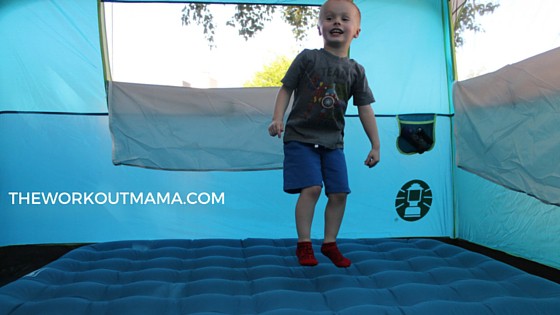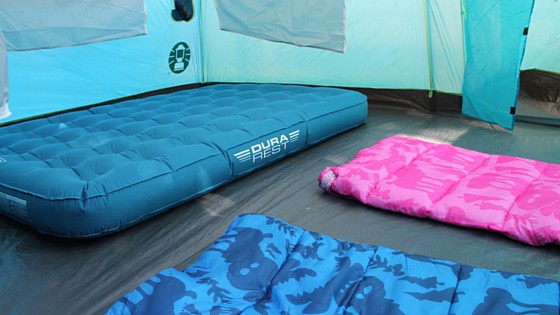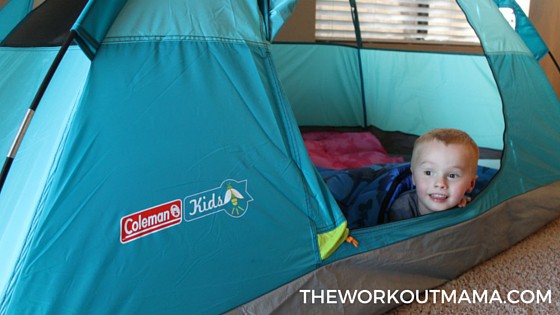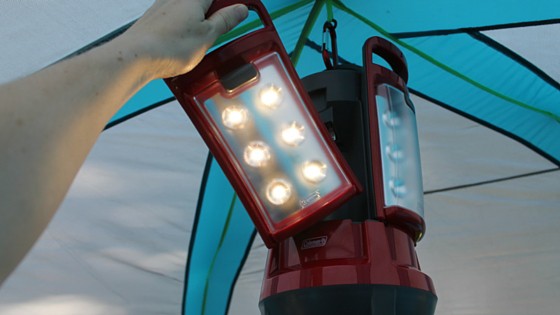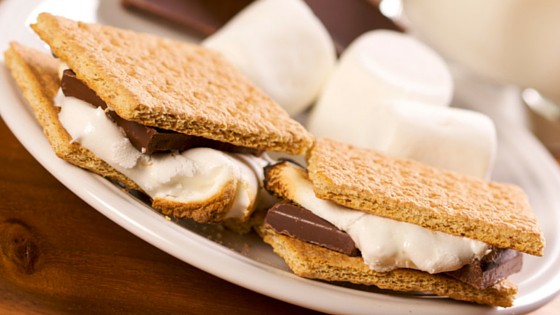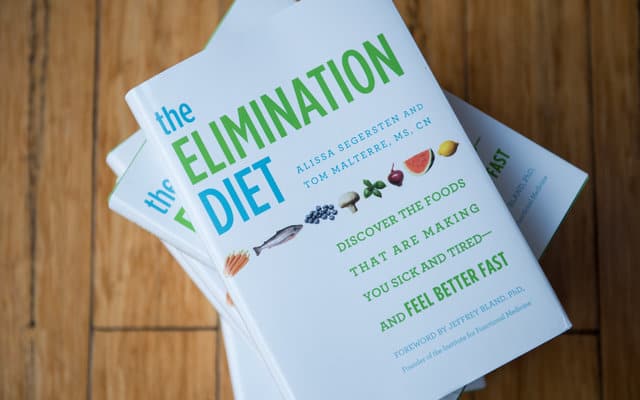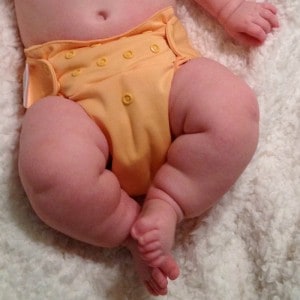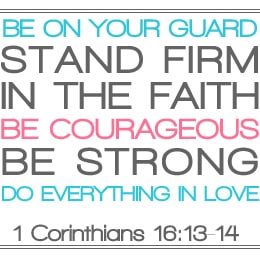Disclosure: This post is sponsored. While I was not paid to write this post I did receive product from Kohl’s.
The giveaway has closed. Thanks to all who entered.
I know many families who camp with little kids. Some as young as three weeks old. I applaud you parents out there who are so adventurous and have this camping thing down. Josh and I on the other hand do NOT have this down yet. We decided to play our first family “campout” safe and pitched our tent in the backyard.
This tent is not like any tent I remember from my camping and backpacking experience. It set up quickly and features a built-in closet with shelves and hanger bar to organize gear and clothes. It easily fit a queen size air mattress plus the two sleeping bags for the kids.
The kids favorite was the air mattress. And it wasn’t because it was super comfortable but because they treated it like their own personal trampoline. Josh and I didn’t have a problem with them jumping on it all because it is made that well. No need to worry about the mattress deflating.
Since we didn’t have any sleeping bags for the kids we ordered them each their own kid size sleeping bag. They look so cute in them and the kids seemed really comfortable.
We knew that our backyard family campout would be a big success in the eyes of the kids and to keep the fun times rolling we set up their very own Kids Coleman Wonder Lake 2-Person Dome Tent indoors. For the price (under $35), this tent is pretty awesome. If you were going backpacking or didn’t mind sleeping close to another person this tent can fit two adults. There wouldn’t be room for anything else in the tent with you but I mention it because it is well made and would work if you are on a budget or looking for a small easy to assemble two person tent.
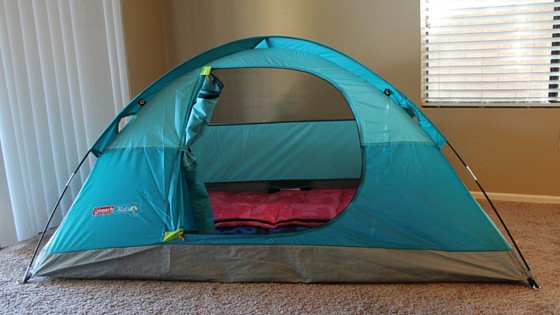
Lastly we received this amazing Coleman lantern. This lantern has 4 detachable side panels that can be used to light up separate areas of your campground or combined for a more traditional lantern experience. When I told Josh I had ordered a lantern he wasn’t super thrilled until he took it out the box and actually saw how it worked. It runs off batteries and offers up to 75 hours of light.
For our backyard campout we grilled hotdogs and had chili but the highlight of our camping food was our oven made s’mores. They are super simple and easy to make. I was even able to find some GMO free marshmallows!
To make oven baked s’mores preheat the oven to 400 degrees F. Lay 1/2 of the graham crackers on a cookie sheet. Top with chocolate pieces to cover. Use kitchen scissors to snip the marshmallows in 1/2 horizontally. Place the marshmallow halves on graham cracker. Bake until the marshmallows are puffed and golden brown, about 3 to 5 minutes. Remove from the oven and top with the remaining graham crackers, pressing down slightly to make a sandwich. Serve immediately, while still warm.
Now that we have done this backyard campout I feel a little more at ease to graduate ourselves to actually going camping in the woods.
Thanks to Kohl’s you have a chance to win a $50 gift card! You can check out their awesome selection of camping gear and let me know what you would purchase if you win! That is all you need to do to enter. Tell me what you would get if you win! Also I would love to know have you gone camping with your kids? Or where is your favorite place to go camping or hiking?
Good luck!
Winner is Amanda S., please check your email and respond back in 24 hours. Thanks to all who entered.




